It may have an oddly appropriate acronym, but seasonal affective disorder—SAD—is a mood disorder and is considered a type of depression. The onset usually coincides with late fall or early winter, when the days are shorter and there’s less natural light. A 2018 study in Translational Psychiatry found that one gene, in particular, could be to blame for a heightened risk of seasonal depression. Here are the signs, symptoms, and treatments that everyone should know about SAD. And read up on summer seasonal affective disorder too, which is also a thing.
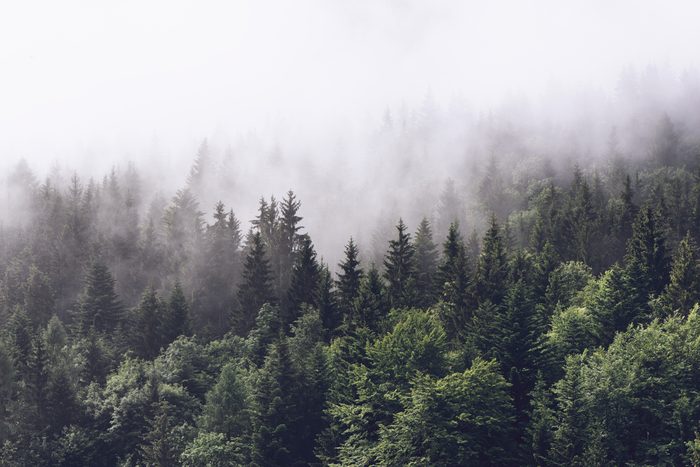
What’s your latitude?
“The prevalence of SAD increases the further people live from the equator,” says Norman Rosenthal, MD, a psychiatrist in Bethesda, Maryland and one of the first doctors to identify and write about SAD. “In one study of people at four different locations in the U.S., for example, my colleagues and I found that in Florida, the prevalence of SAD was only 1.5 percent of the population, whereas in New Hampshire, it was almost 10 percent.”
If you’re in a place where it’s dark when you leave for work and dark when you head home—northern latitudes—your risk is higher. Find some outdoor activities that will get you sun exposure on weekends, and consider a winter trip to a warm, sunny destination. That sun exposure will also help boost your levels of vitamin D, a potential SAD antidote. (Put vitamin D on the menu with these top ten vitamin D–rich foods.)

Feeling blue
An overall feeling of sadness, says Jessica Feldman, MS, LMHC, CPRP, a licensed clinical social worker and client services director at the National Alliance on Mental Illness in New York City, can be a warning sign of SAD. “What distinguishes SAD from other forms of depression is it is primarily (though not exclusively) a function of time of the year and geographic location,” she says. “As the weather becomes darker and gloomier, people who suffer from SAD will become gloomier themselves.” (Make sure you know the 8 hidden signs of depression.)
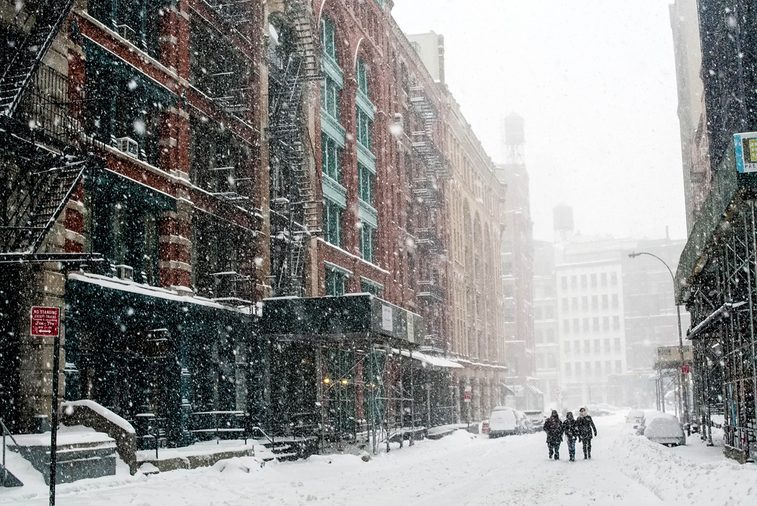
Your family tree
People with a family history of SAD and depression are more susceptible, Dr. Rosenthal warns. So ask around to see if any other family members have struggled with SAD. According to the National Institute of Mental Health, your chances of developing SAD are greater if a first-degree relative, such as a parent or sibling, also battles (or has battled) the condition. About 15 percent of people with SAD also have a relative suffering from it. (Read about 9 types of depression you didn’t know you could have.)

Feeling like you just don’t care
Another SAD symptom is losing interest in activities and hobbies you once loved, says Dr. Rosenthal. No longer interested in knitting? Couldn’t care less about your woodworking project? Spending more and more time in front of the TV? These are all indications that SAD is getting the best of you. Feldman recommends aiming for even ten minutes of outdoor exercise in the morning to help ward off these kinds of symptoms. If you hate the cold and being outside, do it anyway. The earlier in the winter you set the habit, the easier it will be to continue.
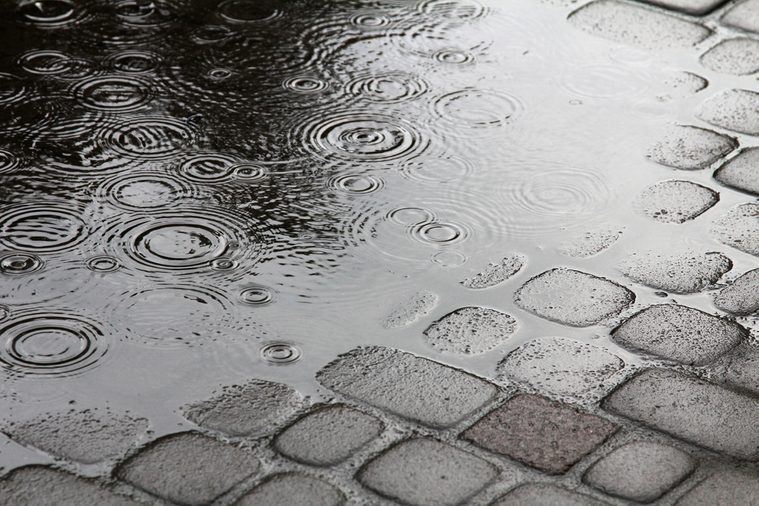
Sleep interrupted
Nights are longer in winter, so sleep patterns can shift naturally, but chronic oversleeping or difficulty waking in the morning can be a symptom of SAD, according to the McClintock Center for Counseling and Psychological Services at Drew University. (Check out these 19 things you should do all day long for better sleep tonight.)
“Additionally, darkness can cause your brain to develop more melatonin, which is a natural sedative of sorts,” Feldman says. “People often take melatonin as a sleep aid. So in darker months, we are actually creating our own sedative, which is the last thing we want to experience during the day when we need to be sharp and focused.” The last thing you want to do is get in bed at 4:00 p.m. just because it’s dark outside. The best way to prevent this is to stay busy and active. (Avoid these 22 other sleeping mistakes that everyone makes.)
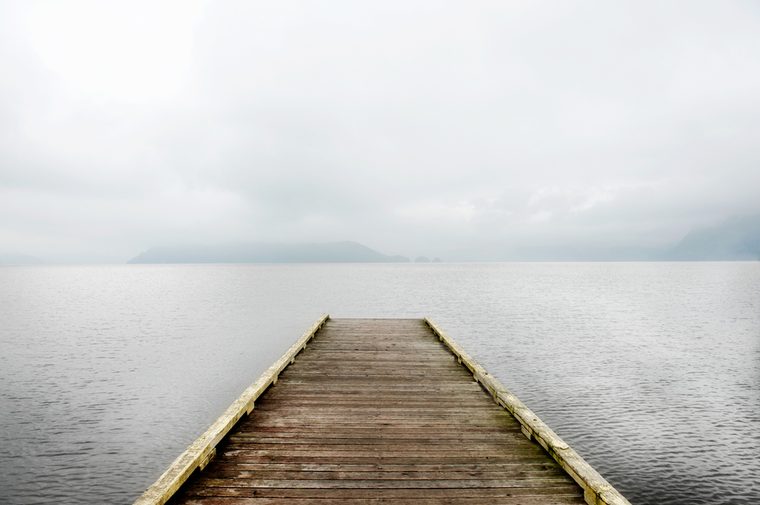
You’re low-energy
If you’re continually hitting the snooze button and still can’t roll out of bed or make it through the day, it may be time to seek help. “Getting up early in the morning and exposing yourself to lots of light rather than pulling the covers over your head is one way to proactively ward off SAD,” explains Dr. Rosenthal. For people who wake up too early to get sunlight in the morning, who may also be working too late in the evenings to get sunlight in the later hours, prioritizing a break in the workday just for a coffee run when it is sunny out could be helpful. (Here are 11 things psychologists want you to know about SAD.)
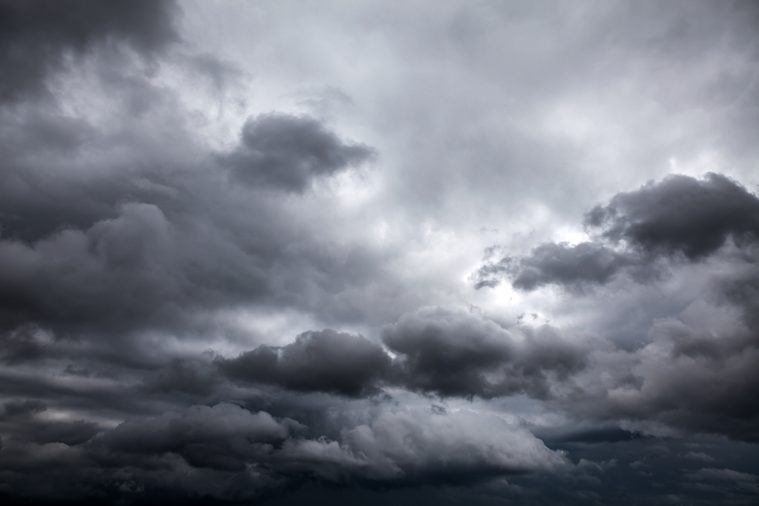
Anxiety is getting the best of you
We all worry—that’s normal—but if you feel your anxiety spirals out of control in the darker, colder months, year after year, you may want to talk to a professional about SAD. According to the Anxiety and Depression Association of America, anxiety is the most common form of mental illness, affecting around 40 million adults in the United States. And while about 20 percent of the population suffers from some sort of anxiety disorder, less than 40 percent seek treatment.
With anxiety, SAD, or SAD-related anxiety, there are plenty of treatment options, says Dr. Rosenthal. “If light therapy, sunlight, and exercise prove inadequate, cognitive behavior therapy administered by a qualified therapist, and/or antidepressant medications prescribed by a doctor, might help,” he says. (Check out these 11 therapist-approved tricks for calming anxiety.)
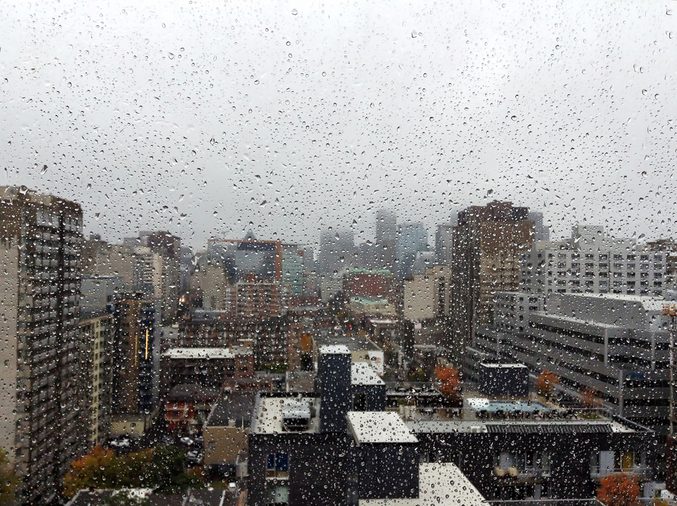
Your history
“People who have a history of depression or other mental health conditions are at a higher risk of developing SAD,” says Feldman. “Additional risk factors include a family history of depression or other mental illness or having been diagnosed with a mental illness. Women are diagnosed with SAD more often than men. Younger people also tend to be diagnosed more frequently than seniors.” If you do have depression, investigate these 16 ways to overcome it naturally.
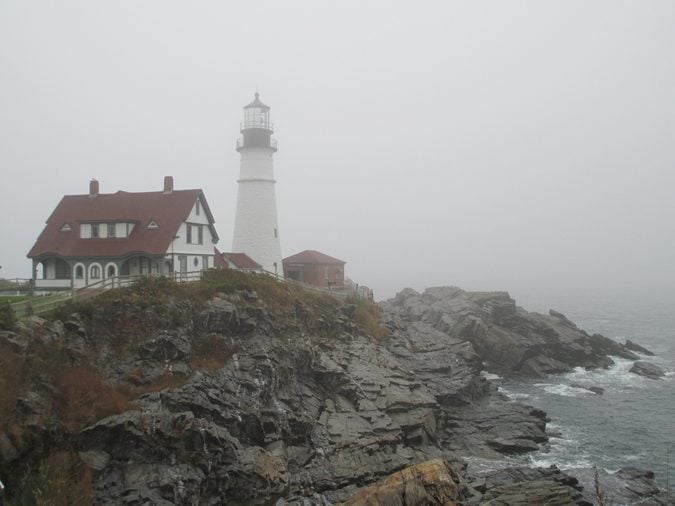
Trouble concentrating
Researchers at Northwestern University in Chicago found in a 2014 study published in the Journal of Clinical Sleep Medicine that employees are more productive and enjoy greater vitality when exposed to natural light. If you’re commuting to and from the office in the dark and don’t have the luxury of sitting near a big, sunny window while you work, the lack of daylight exposure can affect your sleep at night. (Know the 8 signs that you could have high-functioning depression.)
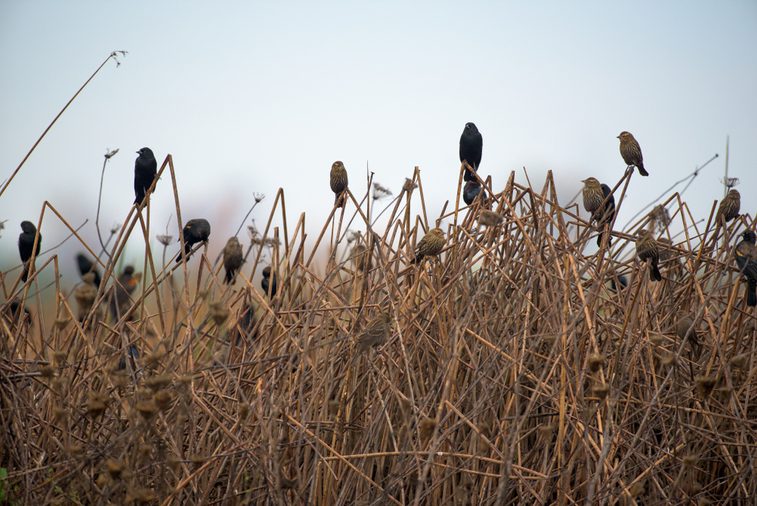
Craving carbs
When you’re tired, your body naturally craves quick energy—and the quickest of all energy sources is simple carbs like doughnuts and chips. Since we also tend to be less active in winter, the combination of carbs and lying around can cause us to pack on the pounds. Instead of embracing carbs, build meals around foods rich in omega-3 fats, such as salmon, sardines, and walnuts; these will support the production of the feel-good neurochemical serotonin. The amino acid tryptophan is a building block for serotonin—you can get more from turkey, eggs, and spinach.
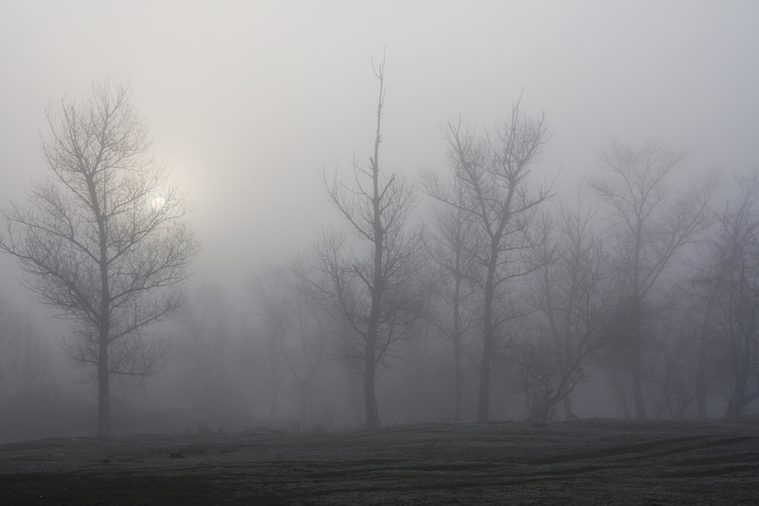
Treating SAD
According to Dr. Rosenthal, there are several ways to ward off SAD. “Light therapy is a first-line treatment that involves sitting in front of a special light fixture for each day, usually 30 to 90 minutes at a time,” he explains. Opt for SAD lamps that are 10,000 lux and do not contain UV. This is how lightbox therapy treats seasonal depression.
You can also improve the lighting in your house to battle SAD: “Specially equipped fixtures are commercially available. The best-tested are those with fluorescent lights covered by a filter,” he says. In addition, Dr. Rosenthal suggests making a plan to stay active, getting outside as much as possible, and keeping your social calendar full.
If these don’t work, then you may need to consult your doctor for more help, he says; this could include antidepressants. Now read more about ways to beat SAD.
